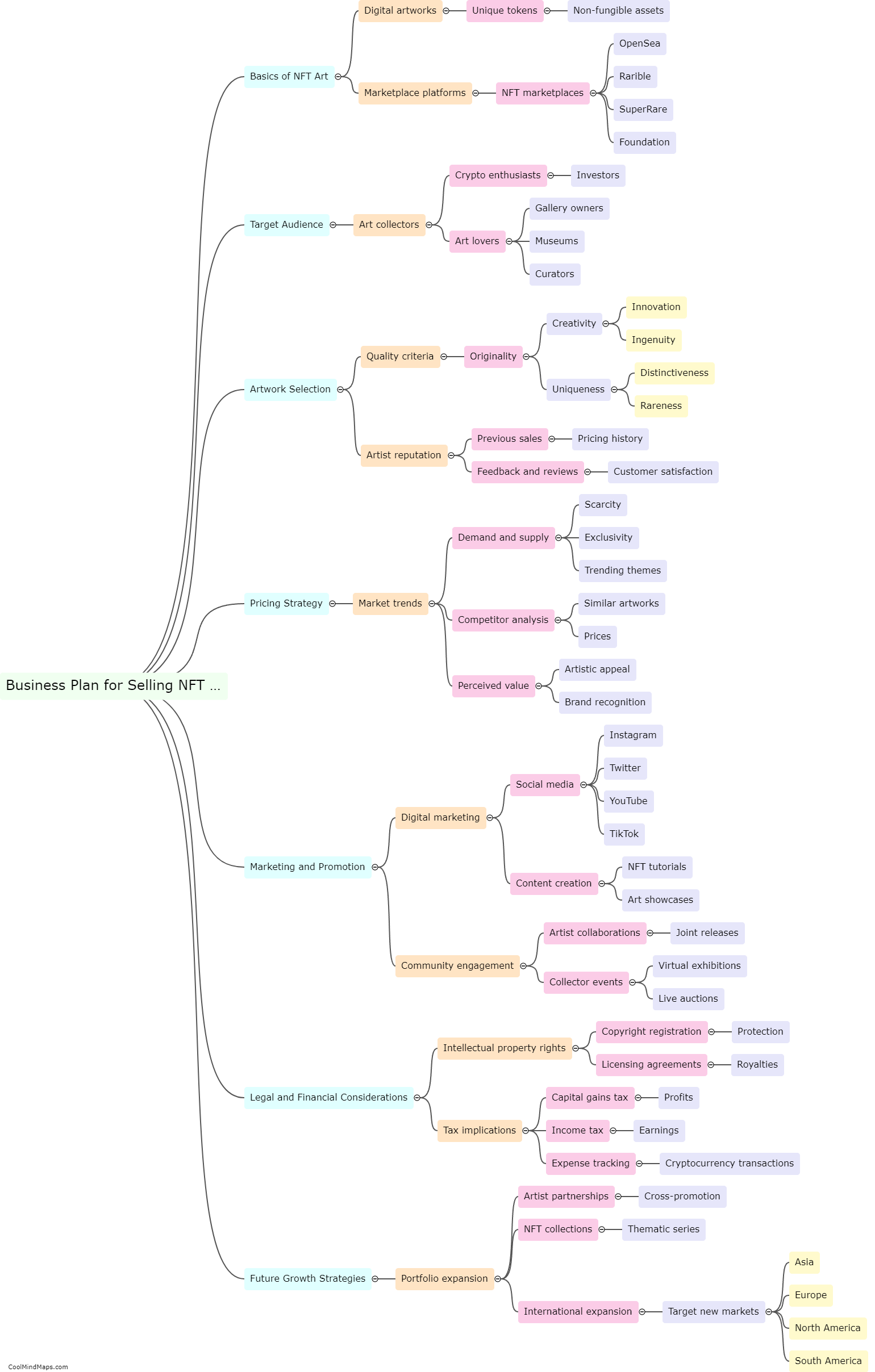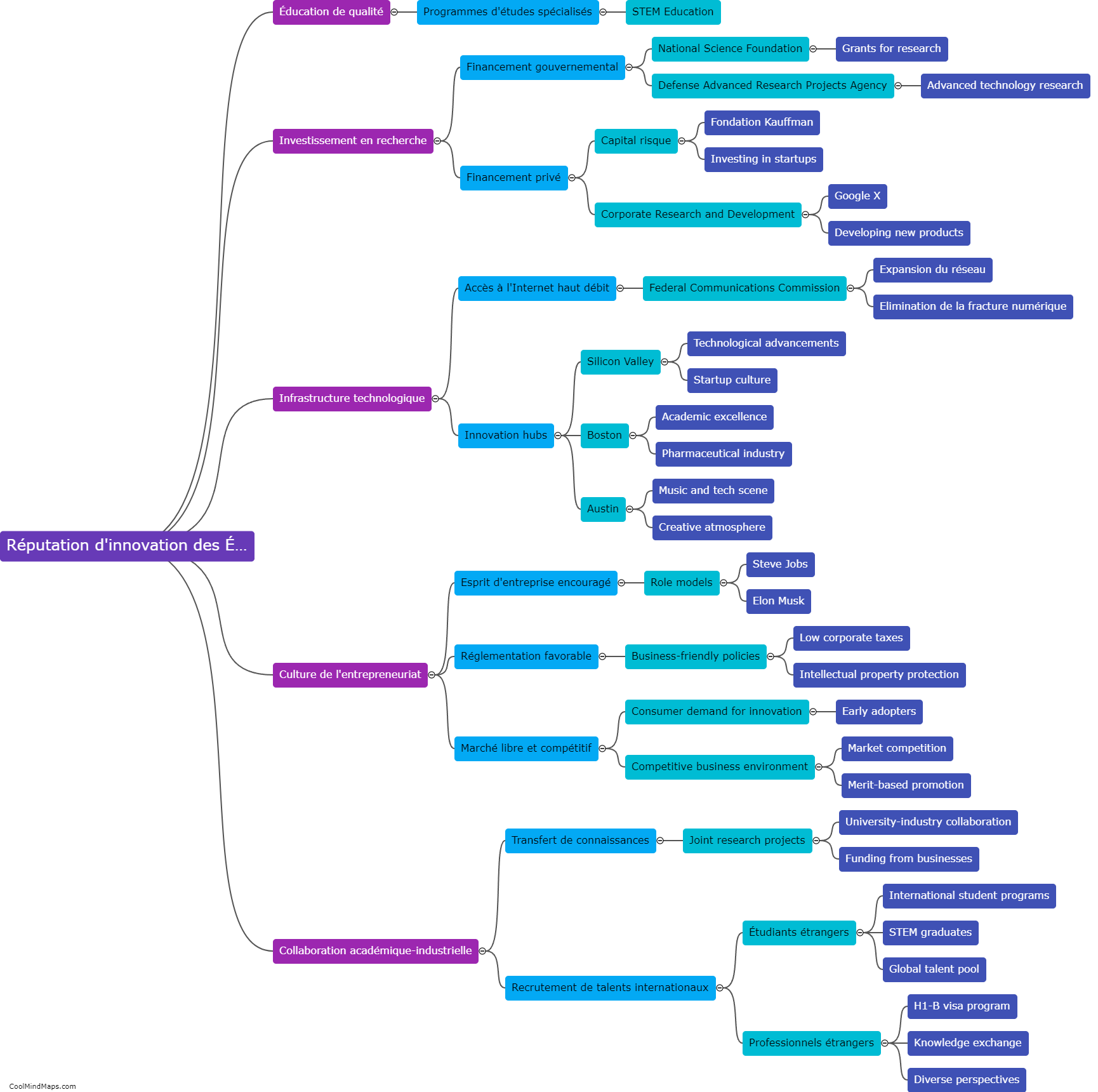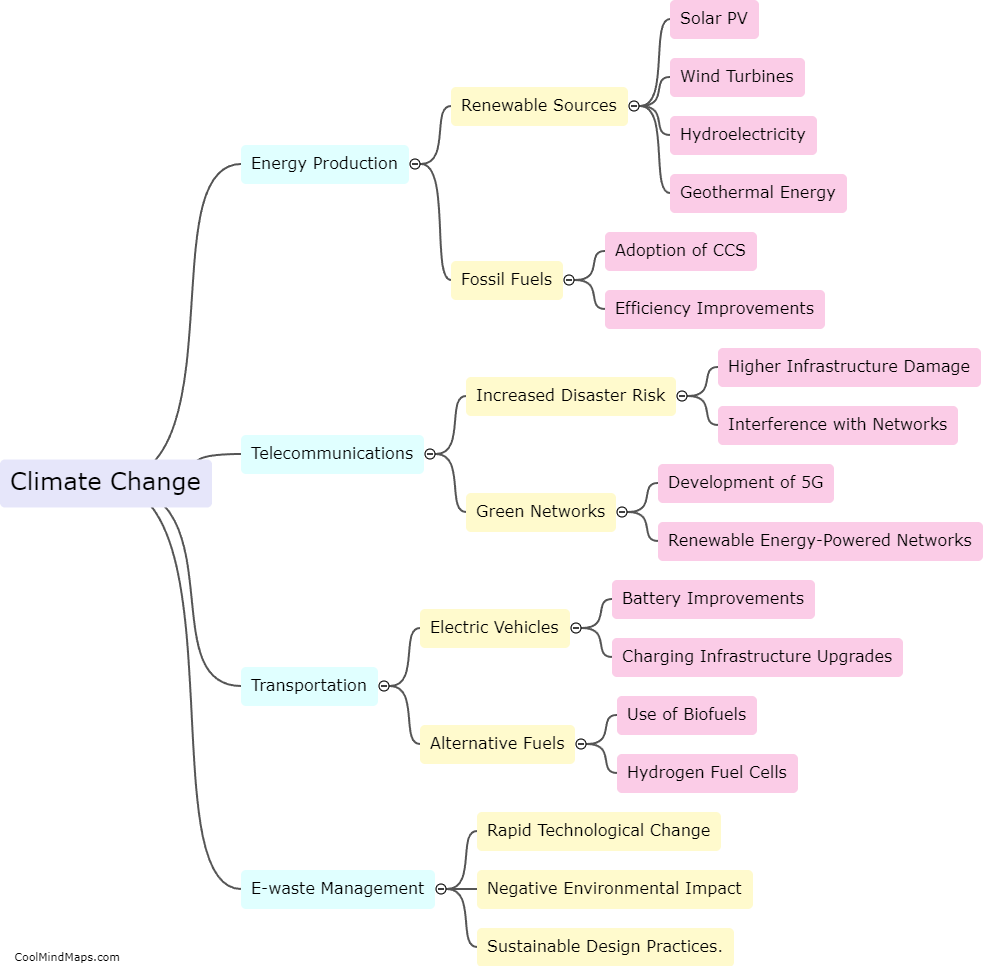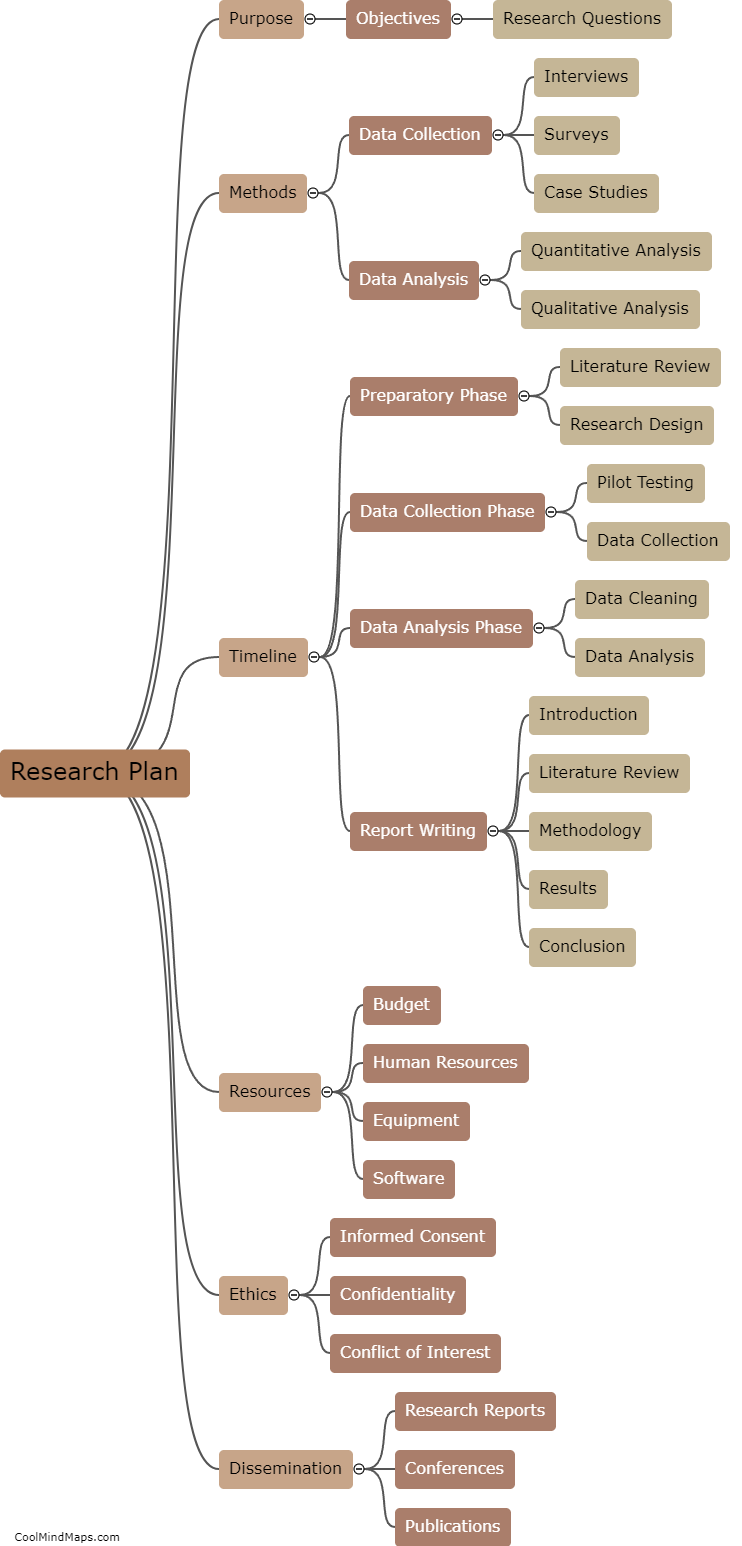How can one analyze conflicts in countries effectively?
Analyzing conflicts in countries effectively requires a multidimensional approach that takes into account various factors and perspectives. Firstly, understanding the historical context of the conflict is crucial as it provides insights into the root causes and long-standing grievances. Secondly, analyzing the political and socio-economic dynamics involved is essential to identify power dynamics, inequality, and economic disparities that contribute to the conflict. Thirdly, considering the cultural, ethnic, and religious dimensions helps to unravel identity-based divisions and existing prejudices. Furthermore, engaging with local communities, stakeholders, and marginalized voices allows for a deeper understanding of the conflict and its intricacies. Finally, examining international influences and geopolitical interests is essential for comprehending any external forces at play. By combining these approaches, analysts can develop a comprehensive understanding of conflicts, enabling the development of effective strategies for conflict resolution and peacebuilding.
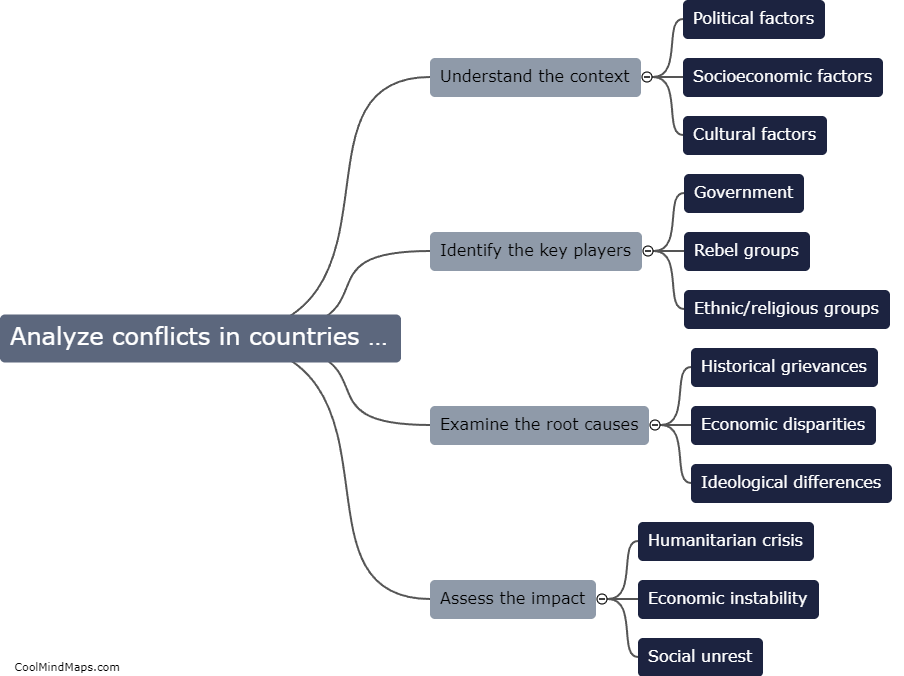
This mind map was published on 26 October 2023 and has been viewed 93 times.

